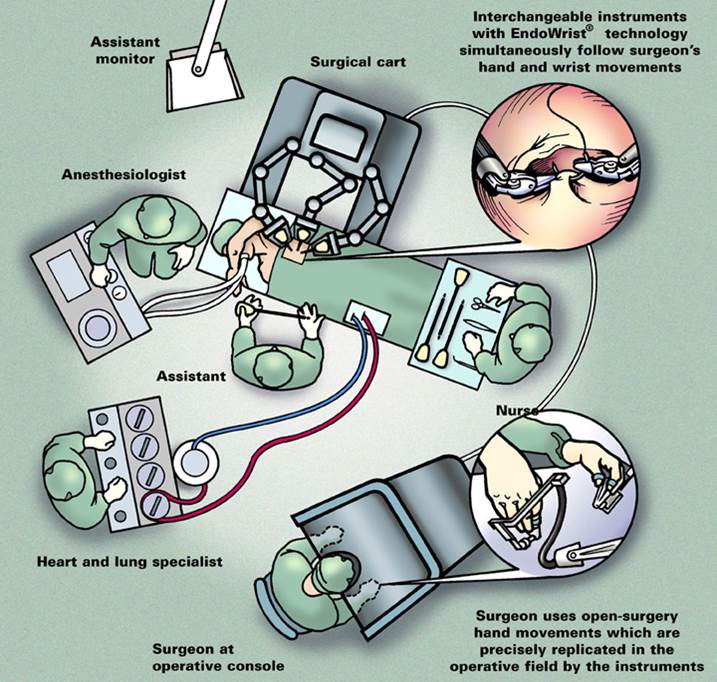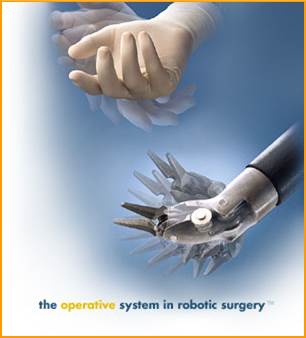Robotic Surgery-A Tech Student Viewpoint
Introduction [Brief History]
- *** The term “robot” is actually coined by Karel Capek , a Czech playwright in his play Rossum’s Universal Robots in 1921.
- *** In 1985 a robot ,Puma 560 was used to place a needle for a brain biopsy using CT (Computed Tomography) guidance .
- ***First Laproscopic surgery was perfomed in 1987 (laproscopic surgery involves operations within the abdominal or pelvic cavities).
So What do you mean by a robotic surgery?
Robotic surgery is a surgery in which the surgeon performs surgery b manipulating the hands of a robot or any mechanical device that
operates automatically with human like skills.
Types of robots In Surgery
**Active
** Re-tractor system
**
Position the tool and then hold
In this type of robot the tool is moved
under surgeon command.the tool is used to hold devices such as blades, bieves
etc.
**Passive
In this type of robot the tool as well as
the fingers are moved by surgeons command, the fingers are moved as per command
to perform the surgery.
Da-Vinci robot
A
robotic system made by an American company designed to facilitate complex
surgery using a minimally invasive approach.
Costing around 2.5 million us dollars the robotic system has been used
to repair cardiac valve and for
prostrate removals.the future application of Da Vinci robotic system can be in telesurgery where a surgeon [For Example] sitting
in India can perform a surgery on a patient in Antarctica.
 |
| Da-Vinci system schematic |
 |
Stereoscopic
3D Vision
|
 |
| Robotic wrist with six degrees of freedom |
The robotic system consists of four
interactive robotics arms controlled from the console,
three of the arms are for the tool that hold objects such as scissors ,
bovies etc.the fourth
arm carries an endoscopic camera with two lenses that gives the surgeon
steroscopic vision.
Advantages of robots in surgery
Ø Shorter hospital stay
Ø Reduced Trauma to the body
Ø Less anesthesia
Ø Less Blood loss
Ø Less post- operative pain
Ø Less pain
Ø Less risk of infection
Ø Less scarring
Faster recovery and return to daily activities
Conclusions
Ø The rate of discovery of new technology is outpacing the ability of
business, society, and healthcare to integrate and apply
Ø Robotic surgery is but one example of such technology that MAY reduce
operative morbidity, hospital stay, and recovery, while POTENTIALLY improving
clinical outcomes.
An Article By
Ajay Rai
Student @ VIT
